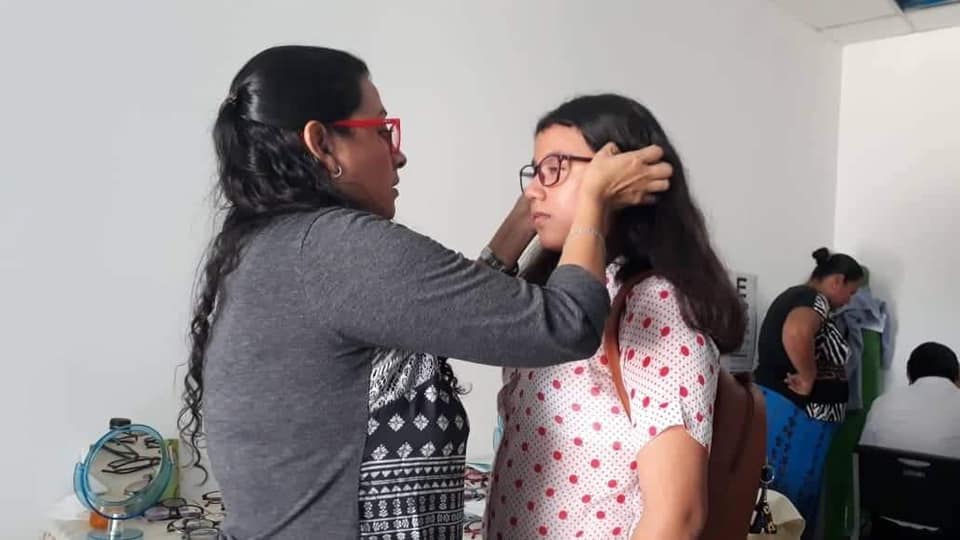3 of the Most Common Eye Defects in Children
WE BELIEVE IN CHANGE
Eye problems can happen at any stage in life. Today, the most common types of eye defects in the world are refractive errors. Problems like presbyopia mostly occur in patients aged 40-50 years, but many of the other common eye defects are rampant in children and become evident soon after their birth.
Let’s take a look at some of the most common eye defects in children, their symptoms, and possible correction.

1. MYOPIA (SHORTSIGHTEDNESS)
As the alias implies, myopia restricts a child’s vision to objects nearby. The child finds it difficult to see objects at a farther distance properly. Faraway objects appear as blurred images.
Myopia is both a genetically and environmentally-induced defect. Its symptoms may include headaches and eye pain. The disorder is more obvious in school children and worsens as they transition between the ages of 8 to 15 years.
Myopia is currently the world’s most common eye disorder because it affects about 22% of the population. It’s easily corrected with prescriptive glasses, but if left unchecked, it could lead to vision loss and cataracts.
2. HYPEROPIA (LONGSIGHTEDNESS)
Hyperopia is a mirror-opposite of myopia because near objects appear blurry, while far ones appear clear. It could exist from birth or develop when the child grows older. Symptoms of longsightedness also include headaches and pain in the eye.
Children who suffer from hyperopia may find it difficult to perceive the depth of the images they see. Some may be unable to see with both eyes properly. Hyperopia isn’t as common as myopia, but it’s considerably prevalent in children between the ages of 6 to 15.
A reliable treatment for the defect is the use of corrective glasses. This treatment is the simplest for such cases.
3. ASTIGMATISM
This eye defect has one of the most severe impacts on children. A child with astigmatism suffers from blurred and distorted vision, irrespective of the distance of the object in sight. Headaches and eye strain are some of the additional symptoms a patient may experience.
There’s a lot of mystery surrounding the causes of astigmatism, but researchers believe that they are related to genetics. People of all ages can have astigmatism, and it continues to pose a problem in our society.
Like many other refractive errors, treatment for this defect is with the use of corrective glasses. There are a few other more complicated and expensive procedures that help patients manage the disorder. However, the safest and simplest methods involve glasses.
If a child suffering from astigmatism fails to receive proper treatment, the disorder could lead to a more serious condition called amblyopia or lazy eye.
Eye defects are serious medical conditions that would only become worse as the years go by. Hence, children need to receive the care they need as soon as they get diagnosed.
Every one of the three eye problems discussed above can be corrected with the help of prescriptive glasses worth about $30. Unfortunately, not all families in El Salvador can afford this.
At New Vision ES, we understand how hard it is for less-fortunate children in El Salvador to cope with eye defects. It’s a major problem, and together, we can fix it. Let’s help these children see life anew by providing them with the glasses they need.


